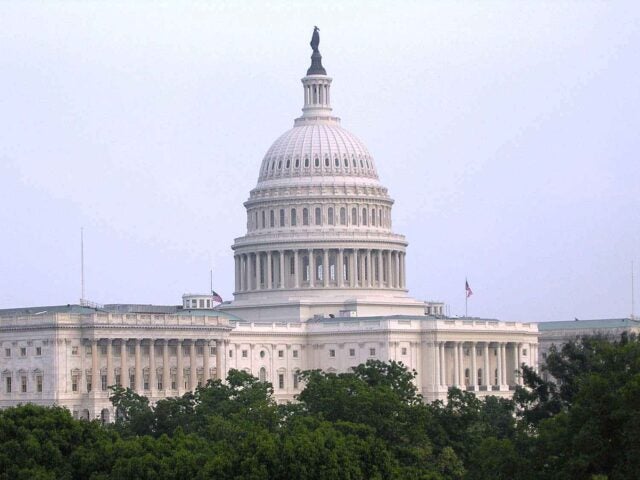- Resources
- The AAA framework for climate policy leadership
Resources
The AAA framework for climate policy leadership
Published: November 16, 2019 by EDF Staff
Updated June 25, 2025
Extreme weather events pose an unprecedented threat to companies’ operations, value chains, employees and communities. The economic costs – from damage to facilities, disrupted operations and supply chains and lost productivity – are already in the hundreds of millions of dollars and expected to reach $560-610 billion in annual fixed asset losses for listed companies by 2035. While voluntary actions to reduce emissions are important, only public policy can deliver reductions at the speed and scale needed to limit the worst impacts of extreme weather. That’s why climate policy advocacy is an essential element of corporate risk mitigation management and strategy.
As a company, your political influence is a critical tool to secure your business’ long-term value. The following are three essential actions to execute a science-based climate policy agenda:

ADVOCATE for policies consistent with mitigation climate risks.
There’s no silver bullet here. It will require a portfolio of policies including a system that ensures dramatic reductions in GHG emissions across the economy, complemented by targeted policies that accelerate low-carbon innovation, address barriers to clean energy and energy efficiency in buildings, industry and transportation, support farmers and forest landowners in reducing emissions and improving climate resilience, and ensure equitable outcomes for communities.

ALIGN your trade associations’ climate policy advocacy with your company’s own climate policy priorities.
It’s no longer tenable for companies to say the right things on climate policy while allowing their trade associations – which have their own political clout – to lobby against those policies.

ALLOCATE advocacy spending to advance climate policies, not obstruct them.
Direct advocacy and lobbying by trade associations aren’t the only ways to influence policymakers. Through your political giving and funding of third-party organizations, you send a strong message about the kind of climate policy agenda you want to see enacted.




